Discovering the optimal tree varieties for your garden can be a challenge, especially if you live in a region with harsh weather conditions.
USDA Zone 3, with its frigid winters and shorter growing season, is one such example.
But with the right knowledge, you can still create a thriving green space with trees that are perfect for this unique climate.
In this article, we will uncover the ideal tree varieties suited for Zone 3, allowing you to plan a landscape that harmoniously adapts to your zone's specific conditions.
Together, let's discover the world of trees that can withstand the test of time and the harsh elements.
Best Flowering and Foliage Trees for Zone 3
Zone 3, characterized by minimum temperatures ranging from -40 to -35 degrees Fahrenheit, requires trees that can withstand these cold temperatures.
The trees listed below are not only hardy enough to thrive in this zone, but they also provide beautiful foliage and flowers, adding visual appeal to your garden.
1. Amur Maple
Amur maple is a small, ornamental tree that can reach up to 20 feet in height. This tree is perfect for Zone 3, as it enjoys full sun to partial shade.

Its foliage features a striking mix of green, red, and yellow leaves in the fall.
Amur maple puts on a spectacular display of red and orange blooms in spring, adding a pop of vibrant color to your garden.
2. Norway Spruce
The Norway spruce is a reliable, cold-hardy option for Zone 3 gardens.
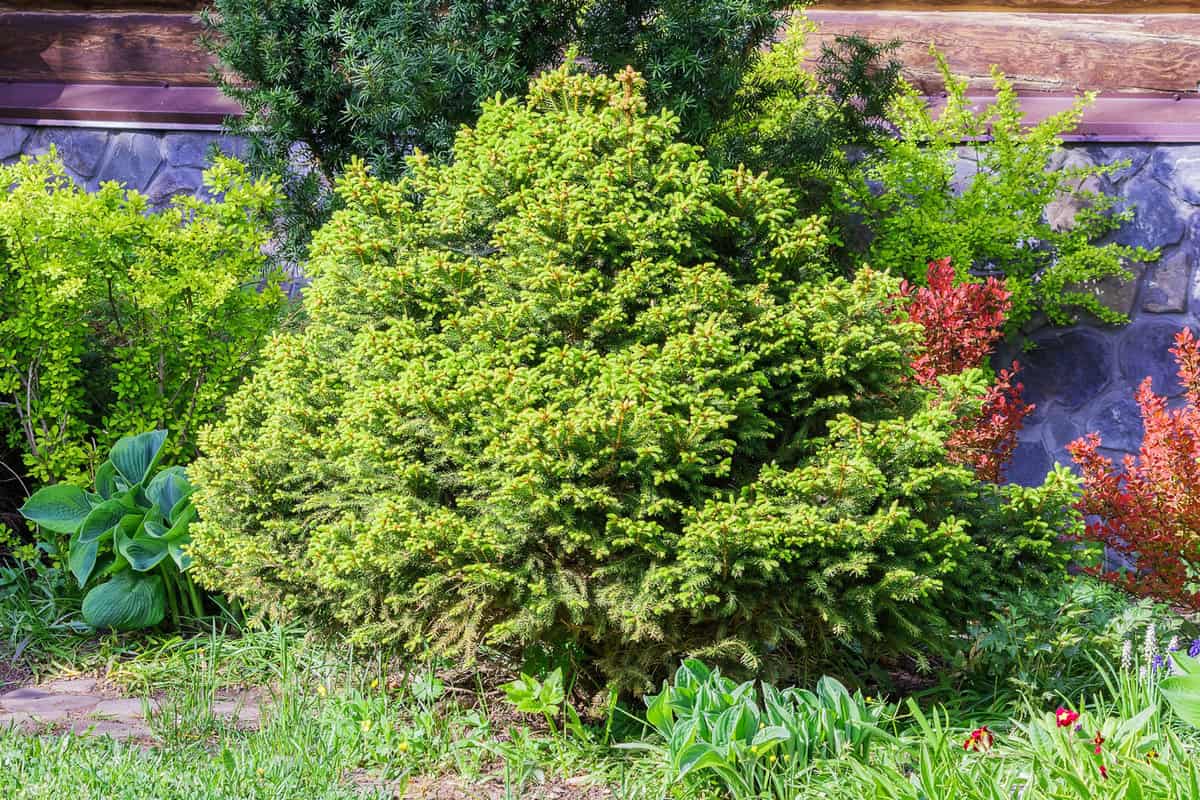
These towering evergreens can grow up to 50 feet tall, making them an excellent choice for a privacy screen or windbreak.
They have dark green foliage all year round, with small, attractive cones that hang on the branches.
3. Serviceberry
Serviceberry trees are excellent choices for their showy white flowers in spring and brilliant fall foliage.
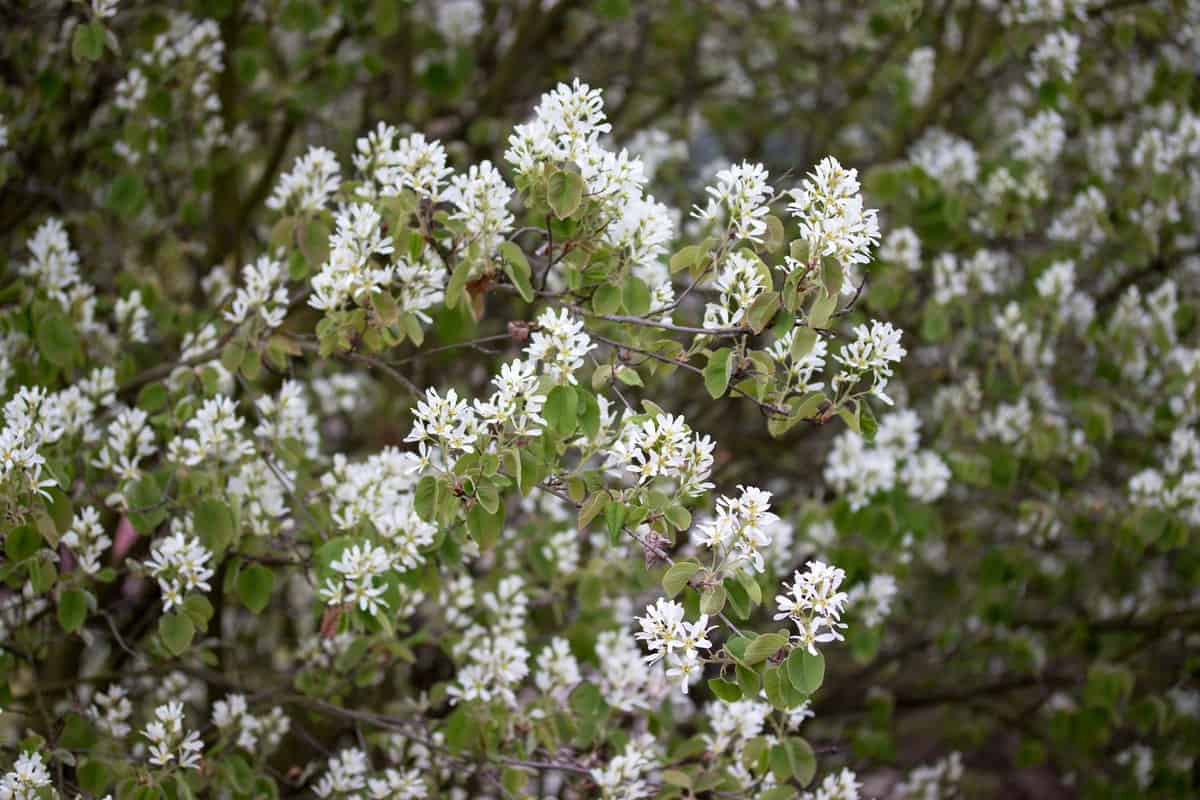
They typically reach around 10 feet in height and can tolerate partial shade to full sun.
Apart from being a beautiful ornamental tree, they also produce small, edible berries that attract birds to your garden.
4. European Mountain Ash
European mountain ash is another fantastic option for Zone 3 gardeners.

This tree can grow up to 40 feet tall, boasting lovely white blossoms in spring and clusters of orange-red berries in fall.
Its yellow leaves in the fall add an extra touch of color to your garden. It thrives in full sun to partial shade and is relatively low-maintenance, making it an ideal choice for busy gardeners.
5. Sugar Maple
The sugar maple, known for its yellow leaves in the fall and brilliant fall colors, is well-suited for Zone 3 gardens.
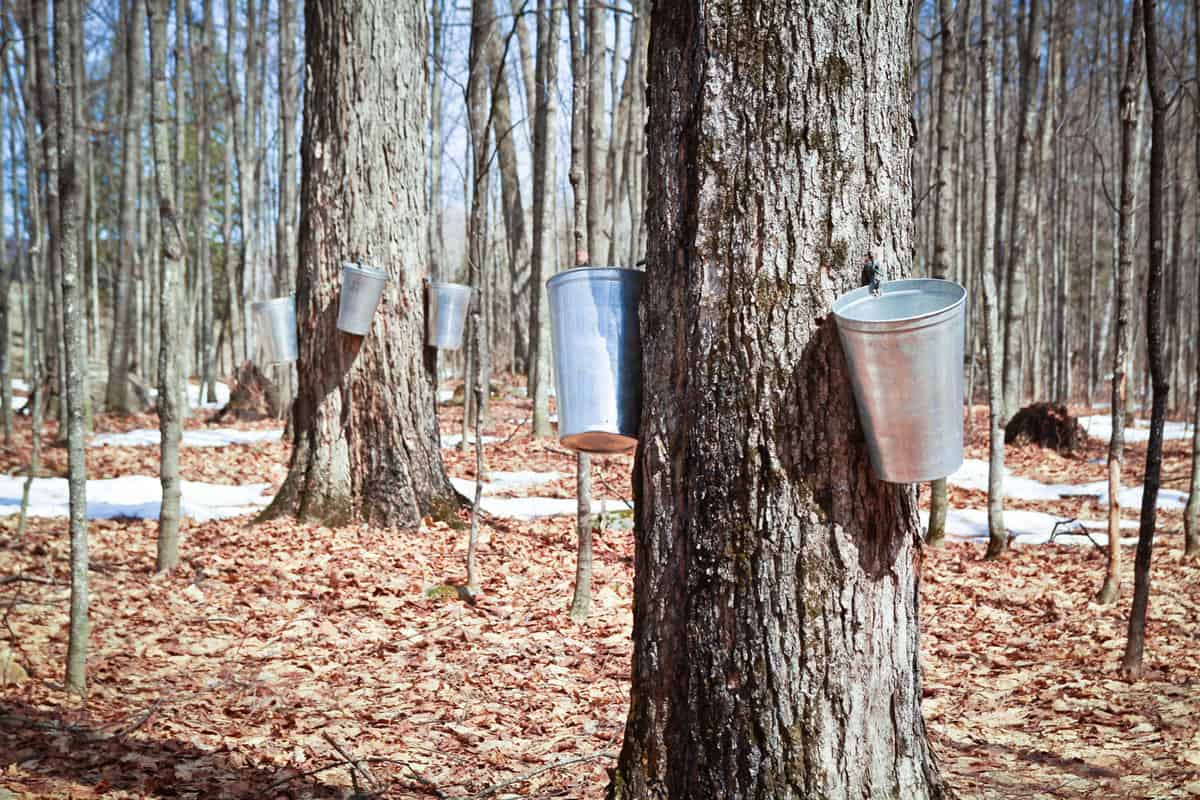
This tree can grow up to 75 feet tall, making it a striking addition to your yard. It enjoys full sun to partial shade, and its vibrant foliage will make your garden an autumn wonderland.
Fruit Trees Suitable for Zone 3
USDA Zone 3 has a challenging climate for growing fruit trees, but several varieties are suitable for cultivation in this region.
These trees are mostly cold-hardy and can thrive despite harsh weather conditions.
Apple Varieties
When it comes to apples, the cold-hardy apple tree cultivars suitable for USDA Zone 3 are:
6. Honeycrisp

Known for its sweet and tart flavor, honeycrisp apples are ideal for both eating fresh and baking in pies.
7. Sweet Sixteen
This low-maintenance, compact apple tree produces semi-sweet apples with a hint of cinnamon and anise.
8. Zestar
A self-pollinating apple variety with a perfect balance of sweetness and tanginess.
Romance Series of Cherries
These are varieties of the romance series of cherries that withstand the cold temperatures of USDA Zone 3:
9. Romeo
A dwarf cherry tree producing dark red, juicy fruit, suitable for pies and preserves.
10. Valentine
Produces abundant juicy cherries with a balance of sweet and tart flavors.
11. Cupid
Boasting the largest fruit in the romance series, Cupid cherries are perfect for fresh eating and juicing.
12. Crimson Passion
Known for its sweet, scarlet fruit and compact size, great for smaller gardens.
The romance series cherries require cross-pollination, so it's essential to plant at least two of these varieties in proximity for optimal fruit production.
13. Sour Cherry
Finally, when it comes to sour cherries, consider planting Prunus cerasus. These fruit trees produce tart cherries that are great for baking in tarts and pies.
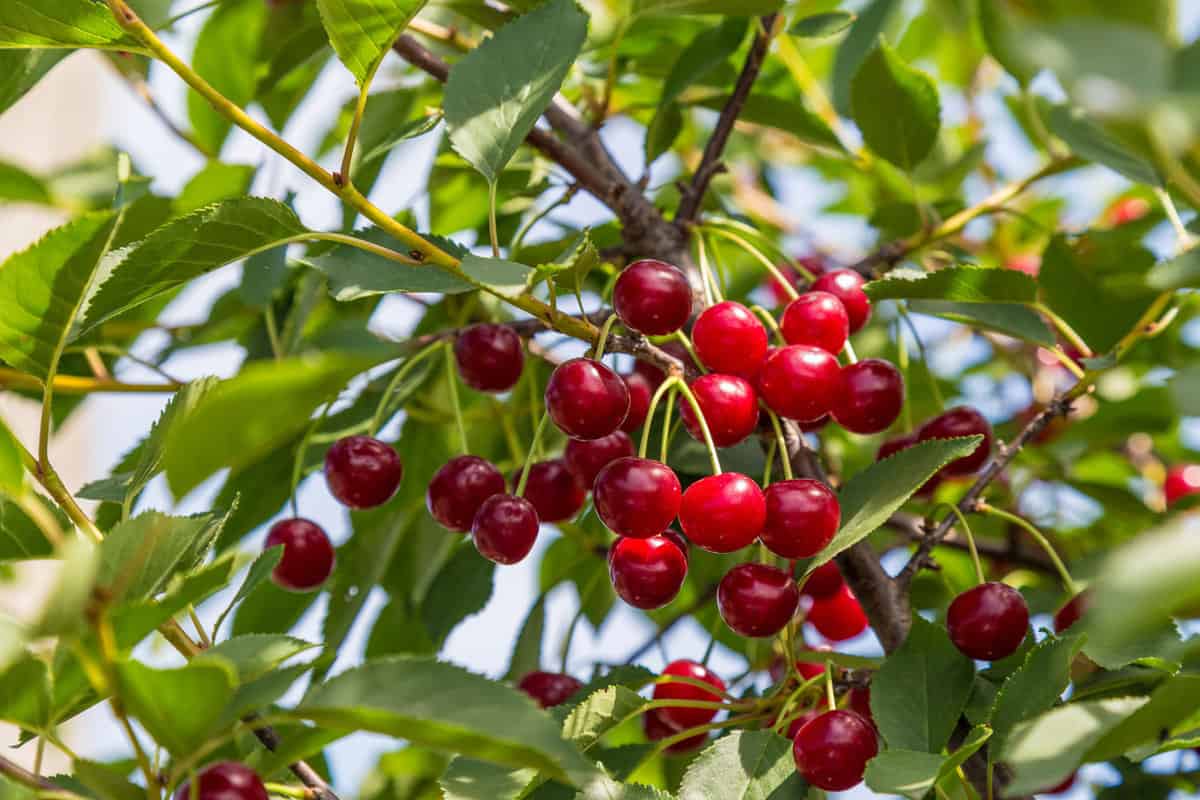
One popular variety is the Carmine jewel, a hybrid cherry with sweet-tart fruit and striking white flowers.
This evergreen tree can even be grown in containers, making it easier to protect from birds and other pests while still enjoying the beautiful blossoms and delicious fruit.
Drought-Tolerant and Hardy Trees for Zone 3
When you're looking for drought-tolerant and hardy trees that can withstand the harsh climate of USDA Zone 3, the following varieties are your best options:
14. Maidenhair Tree
The maidenhair tree, also known as ginkgo biloba, is native to China and is exceptionally hardy, adapting well to the cold conditions of Zone 3.
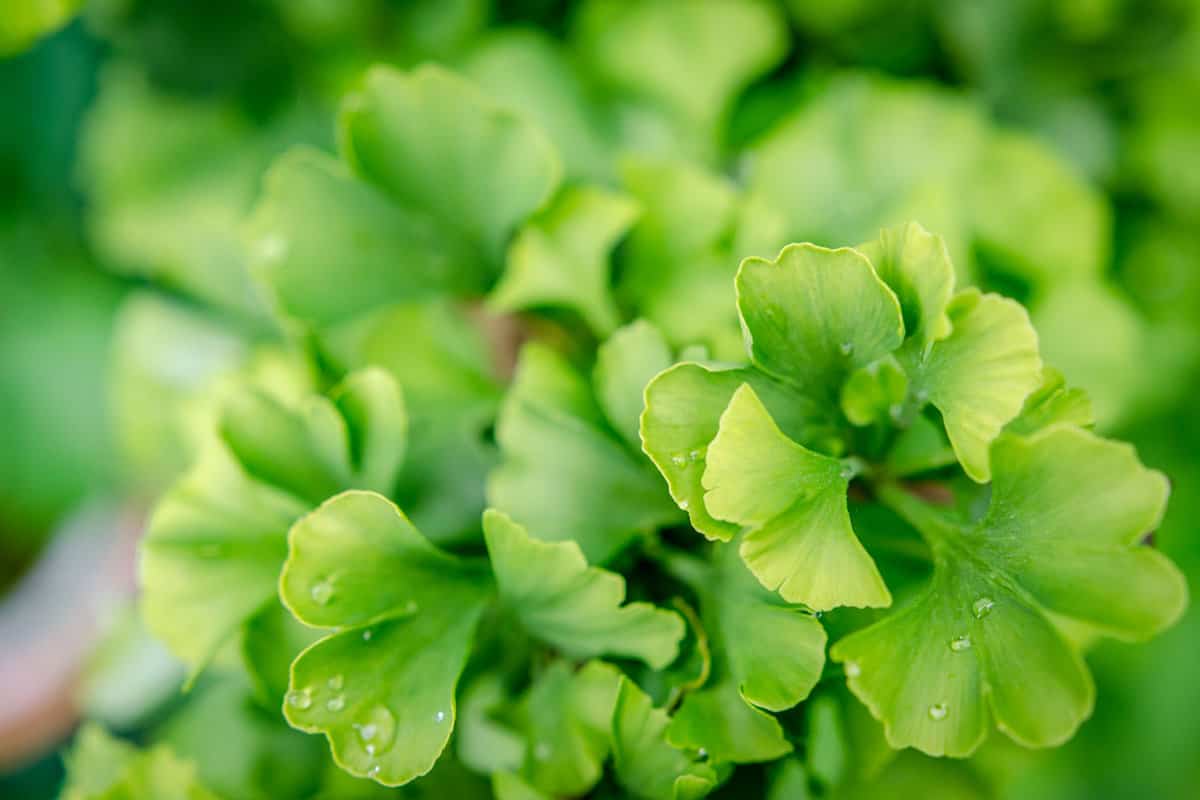
This tree is not only drought-tolerant, but it's also resistant to pests and diseases.
Its beautiful fan-shaped leaves turn bright yellow in the fall, making it an attractive addition to your landscape. Moreover, Ginkgo biloba can thrive well in hardiness zones 3 to 9.
15. Basswood
Basswood, also known as American linden, is a native tree of North America. It's valued for its high-quality wood and attractive foliage.
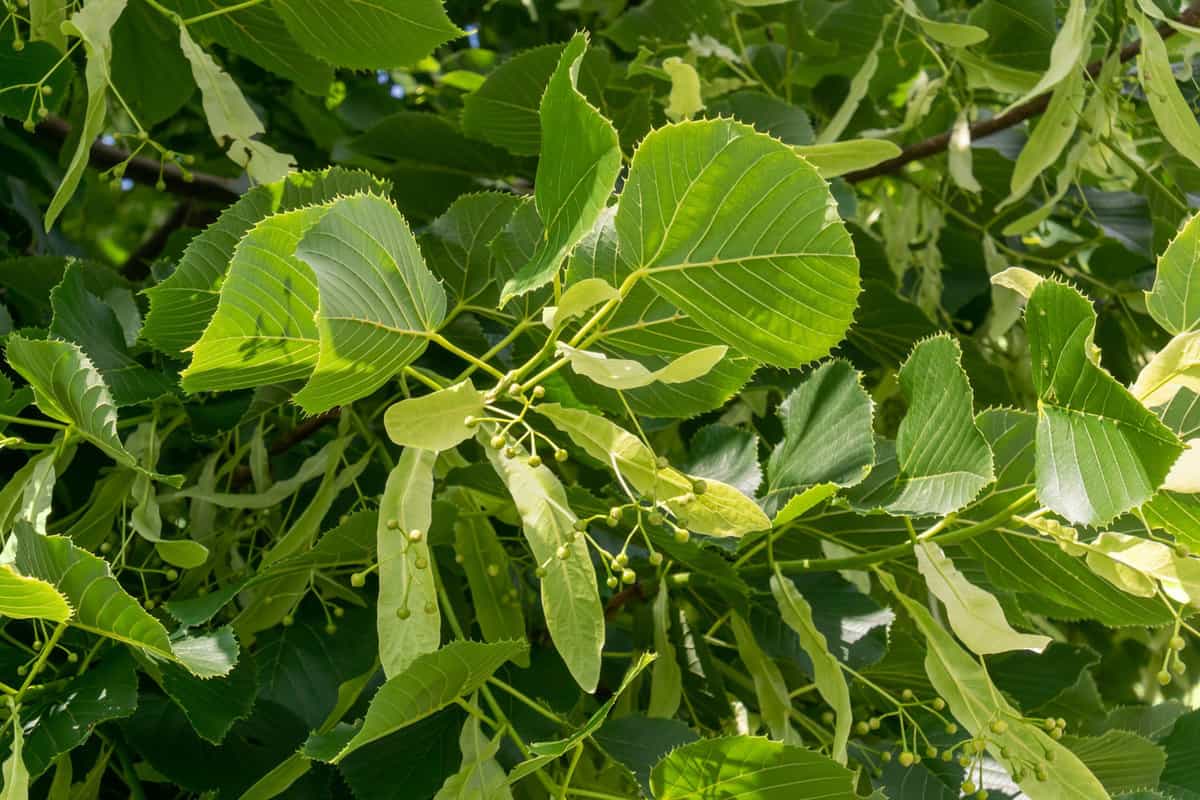
This tree is drought-tolerant and suitable for Zone 3, providing shade and a pleasant aroma from its fragrant flowers in early summer.
The basswood tree can also tolerate urban conditions, making it an excellent choice for city landscapes.
16. Cherry Birch
Cherry birch, also known as the sweet birch or black birch, is a fantastic option for those in need of a drought-tolerant tree that can handle Zone 3 weather.
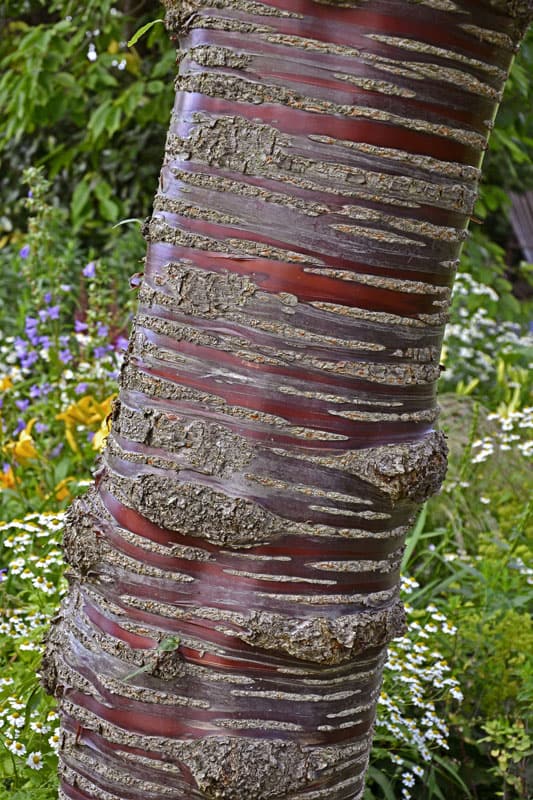
This tree has appealing, shiny reddish-brown bark, and its yellow foliage in the fall adds a vibrant touch to any garden.
This fast-growing species can reach significant heights, making it a suitable choice for large properties or as a windbreaker.
17. Japanese Banana
The Japanese banana (Musa Basjoo) is a surprising entry on this list, as it's typically associated with lush tropical landscapes.
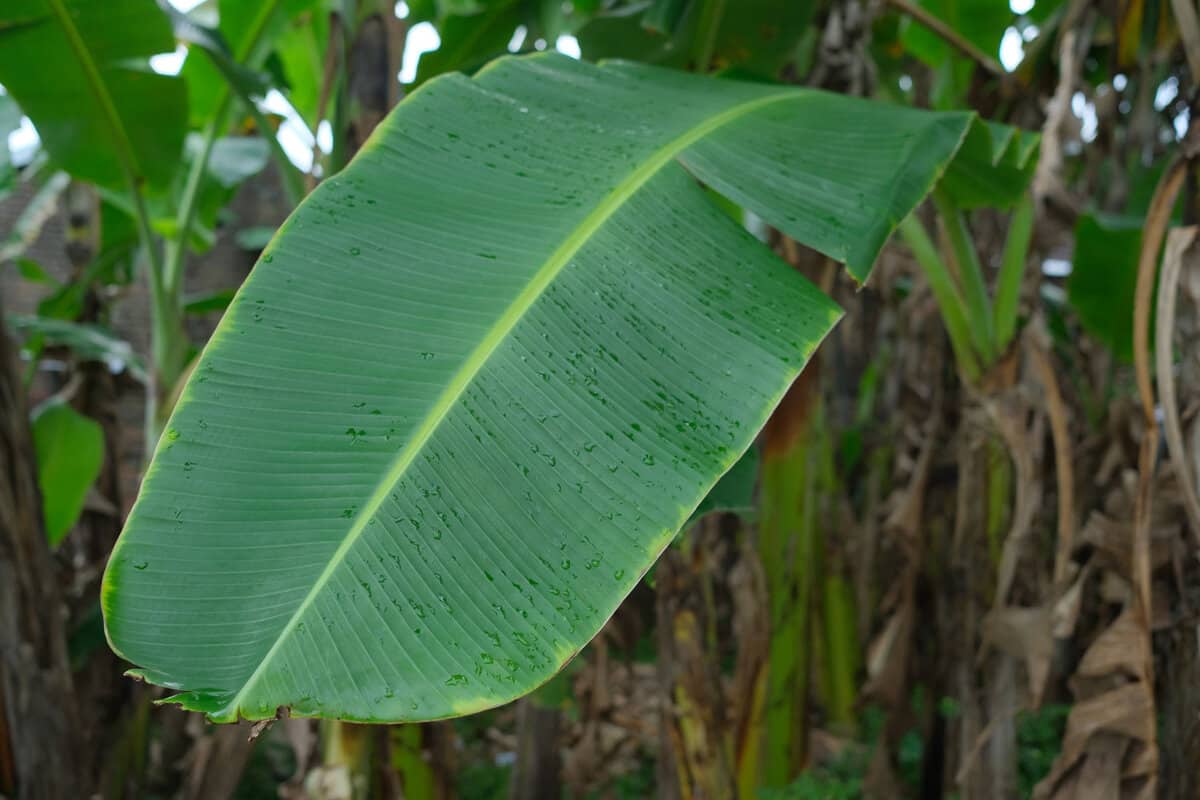
However, this unique tree can withstand the cold temperatures of Zone 3 and is surprisingly drought-tolerant.
Known for its large, banana-like leaves, the Japanese banana adds a tropical flair to any garden or landscape.
18. Green Ash
Green ash trees are an excellent option for Zone 3 landscapes, as they are drought-tolerant and thrive in various soil conditions.

These deciduous trees require minimal maintenance and provide lovely fall foliage displaying different shades of yellow and gold.
Green ash trees are also valued for their resistance to pests and diseases, ensuring a healthy and attractive appearance in your landscape.
Your Zone 3 Tree Masterpiece Awaits
In sum, choosing the right tree varieties for USDA Zone 3 needs careful thought, accounting for cold hardiness, species characteristics, and environmental adaptability.
By now, you've learned about various tree species that fare well in harsh, cold environments such as Zone 3.
Therefore, be sure to acknowledge the specific requirements of each tree species, aiming for a harmonious landscape that balances both aesthetics and functionality.
Moreover, proactive maintenance is crucial for the health of your green haven, so stay vigilant and address issues as they arise.
So go ahead, make your mark, and create a stunning landscape that embodies both beauty and resilience in the face of cold temperatures—your garden awaits!
Read more:
The 17 Best Plants to Grow in Zone 3b (-35 to -30 °F/-37.2 to -34.4 °C)
The 17 Best Plants to Grow in Zone 3b (-35 to -30 °F/-37.2 to -34.4 °C)
